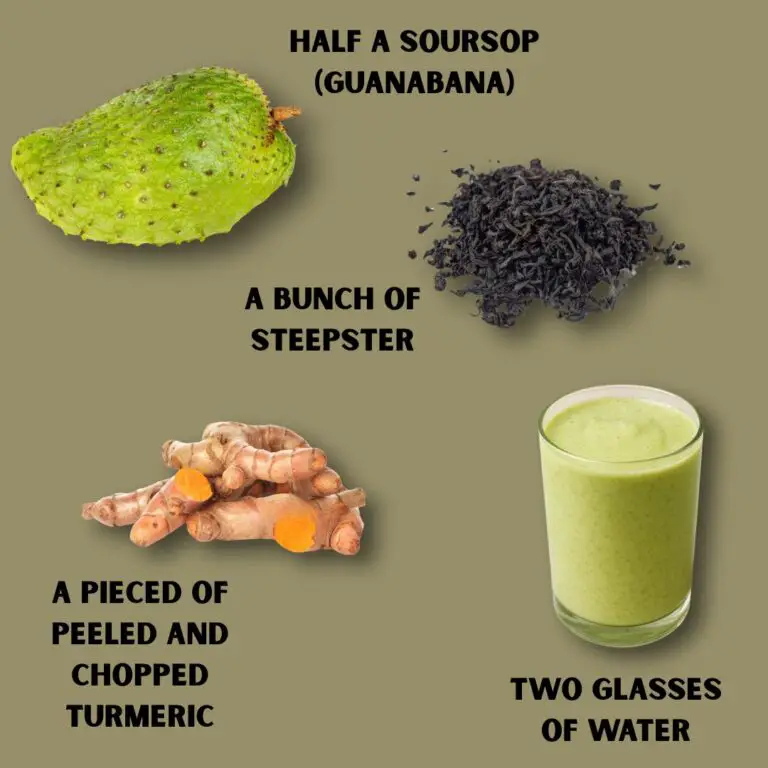7 Foods That Supercharge Your Memory and Brain Health
Introduction
In today’s fast-paced world, maintaining sharp memory and optimal brain health has become more important than ever. Whether you’re a student aiming to boost learning, a professional navigating complex tasks, or simply someone eager to keep your mind agile as you age, the right nutrition can make a world of difference. But did you know certain foods have the power to literally supercharge your memory and cognitive function?
In this article, we explore seven incredible foods scientifically proven to enhance brain health and memory. From vibrant berries packed with antioxidants to omega-rich nuts, these nutrient-dense powerhouses nourish your brain cells, improve focus, and protect against cognitive decline. Let’s dive into why these foods deserve a permanent place on your plate — and how you can easily incorporate them into your daily routine with a delicious brain-boosting recipe.
Why You’ll Love This Recipe
This recipe isn’t just a meal; it’s a brain-boosting experience. It combines seven superfoods known for their memory-enhancing properties into one delicious, easy-to-make dish. Perfect for breakfast, a snack, or a light lunch, it’s bursting with flavor, texture, and vital nutrients. You’ll love how these ingredients work synergistically, supporting everything from neuron communication to blood flow and reducing oxidative stress in the brain.
Ingredients
- 1 cup fresh blueberries (rich in antioxidants and flavonoids)
- 1/2 cup walnuts (loaded with omega-3 fatty acids)
- 1 medium avocado (healthy monounsaturated fats and vitamin E)
- 1 tablespoon chia seeds (fiber and omega-3s)
- 1 tablespoon pumpkin seeds (rich in magnesium and zinc)
- 1 teaspoon turmeric powder (curcumin for anti-inflammatory benefits)
- 1 cup Greek yogurt (probiotics and protein)
- 1 tablespoon raw honey or maple syrup (natural sweetener)
- 1/2 teaspoon cinnamon (cognitive enhancer and blood sugar stabilizer)
- Fresh mint leaves for garnish (optional)
Necessary Tools
- Mixing bowl
- Spoon or spatula
- Measuring cups and spoons
- Blender (optional, if you prefer a smoothie texture)
- Serving bowls or jars
Ingredient Swaps and Additions
If you’re vegan or dairy-free, swap Greek yogurt for coconut or almond yogurt varieties to keep the creamy texture without compromising taste. If you don’t have walnuts, other nuts like almonds or pecans work well and provide similar brain benefits. You can also add a scoop of your favorite plant-based protein powder for an extra energy boost.
To explore more brain-friendly dishes, our Vegan Protein-Packed Meals post has great options for varied diets.
Step-by-Step Instructions
- Prepare the base: In a mixing bowl, combine Greek yogurt, turmeric powder, cinnamon, and honey or maple syrup. Stir well until smooth and fragrant.
- Add seeds: Sprinkle chia seeds and pumpkin seeds into the yogurt mixture, folding gently to distribute evenly. These seeds add crunch and a powerful dose of nutrients.
- Prepare the fruit: Wash and dry the blueberries. If you prefer a creamier consistency, mash half the blueberries and leave the other half whole to add texture.
- Add avocado: Scoop the avocado into the bowl and gently mix it into the yogurt mixture. Avocado not only adds creaminess but also provides healthy fats essential for brain function.
- Top it off: Sprinkle walnuts and whole blueberries on top. Add fresh mint leaves if you like for a refreshing finish.
- Optional smoothie: For a drinkable option, blend all ingredients with a splash of almond milk until smooth. Pour into a glass and enjoy.
Pro Tips for Success
- Use fresh, organic ingredients where possible to maximize nutrient intake.
- Let the mixture sit for 10 minutes before serving to allow chia seeds to absorb liquid and create a pudding-like texture.
- Don’t skip the turmeric; pair it with a pinch of black pepper to increase curcumin absorption.
- Adjust sweetness based on your preference but keep added sugars minimal for brain health.
- Store leftovers in an airtight container in the fridge for up to 2 days for convenience.
For more expert tips on anti-inflammatory eating, check out Harvard’s guide to inflammation-fighting foods.
Serving Suggestions
Serve this brain-boosting bowl as a nutrient-packed breakfast or midday snack. Pair it with whole-grain toast or your favorite nut butter for extra staying power. For a light lunch, enjoy alongside a leafy green salad or steamed veggies.
Explore more nutritious meals like this in our Healthy Brain Food Recipes collection.
Storing and Reheating
Store any leftovers in a sealed container in the refrigerator for up to 48 hours. The flavors meld wonderfully, but the chia seeds will continue to thicken the mixture, so you may want to stir in a splash of almond milk or water before serving again. This dish is best enjoyed cold or at room temperature rather than reheated.
Nutritional Information (Per Serving Approximate)
- Calories: 350
- Protein: 15g
- Fiber: 12g
- Healthy fats: 20g (mostly omega-3 and monounsaturated fats)
- Carbohydrates: 25g (natural sugars from fruit and honey)
- Vitamin E: 8 mg (40% DV)
- Magnesium: 100 mg (25% DV)
- Antioxidants: High (from blueberries, turmeric, cinnamon)
These nutrients synergistically support neurotransmitter production, neuronal repair, and reduce oxidative damage, enhancing memory and cognitive performance. For more on nutrient roles in brain health, visit Medical News Today’s Brain Health Nutrition.
FAQs
Q1: How quickly can I expect to see memory improvements from this diet?
While dietary changes support brain health long-term, many report better focus and energy within weeks. Consistency is key.
Q2: Can I eat these foods if I have allergies?
Always check for nut or seed allergies. Substitute with safe alternatives like sunflower seeds or hemp seeds as needed.
Q3: Is turmeric safe for everyone?
Turmeric is generally safe, but consult your doctor if pregnant, nursing, or on blood thinners.
Q4: Can I replace Greek yogurt with plant-based options?
Yes! Coconut, almond, or soy yogurts are great alternatives, just check for added sugars.
Q5: Do I have to use fresh blueberries?
Frozen blueberries retain most antioxidants and can be used as a convenient substitute.
Conclusion
Eating for your brain doesn’t have to be complicated. Incorporating these seven brain-boosting foods into a simple, tasty recipe like this bowl can profoundly enhance memory, cognitive function, and overall brain health. Packed with antioxidants, healthy fats, fiber, and essential nutrients, this dish supports your brain’s communication, protects against inflammation, and fuels mental clarity. Try it today and take a delicious step toward a sharper, healthier mind!







